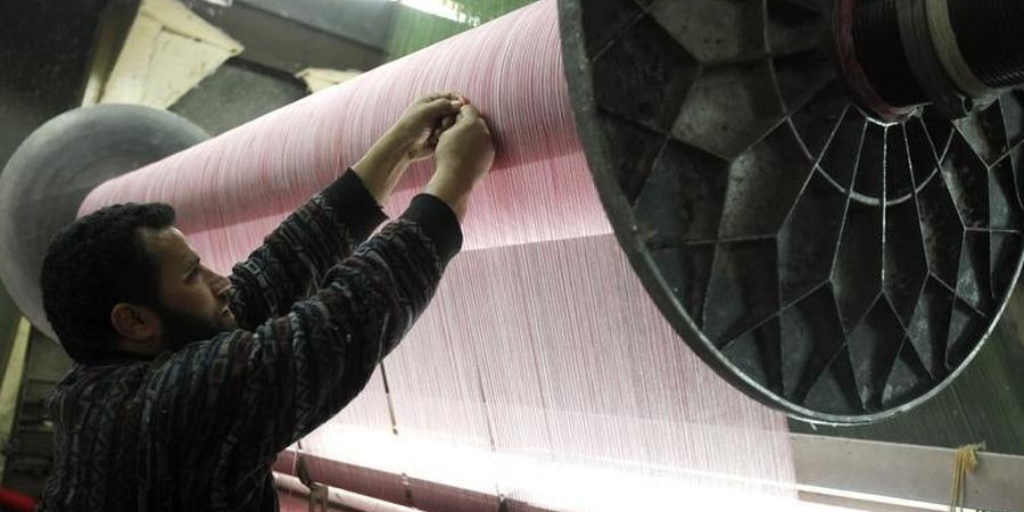Egypt and China penned a framework agreement last week to establish a 1.2 million square meter zone for textile industries in the Egyptian governorate of Minya, economy news site Amwal Al-Ghad reported. The agreement was signed between the Egyptian Textile Industries Council and the China National Textile and Apparel Council (CNTAC). Egypt’s Minister of Trade and Industry Tarek Kabil said that the move represents an important step towards reinstating Egypt as a leading actor in the textile industry in the Middle East and North Africa, pointing to its wide-ranging expertise in textile production. His remarks came during a meeting with a delegation of Chinese businessmen headed by CNTAC’s Vice President, Gao Yong. The meeting saw both sides expressing their willingness to enhance bilateral cooperation in the field of textile industry. Minister Kabil further stated that establishing the new zone will directly contribute to his ministry’s strategy to develop Egypt’s textile industry as well as the social and economic development of the country’s less developed areas, as it will attract both local and foreign investments, according to privately-owned Youm7. The exact location for the zone is Al-Matahra, located in the eastern…



